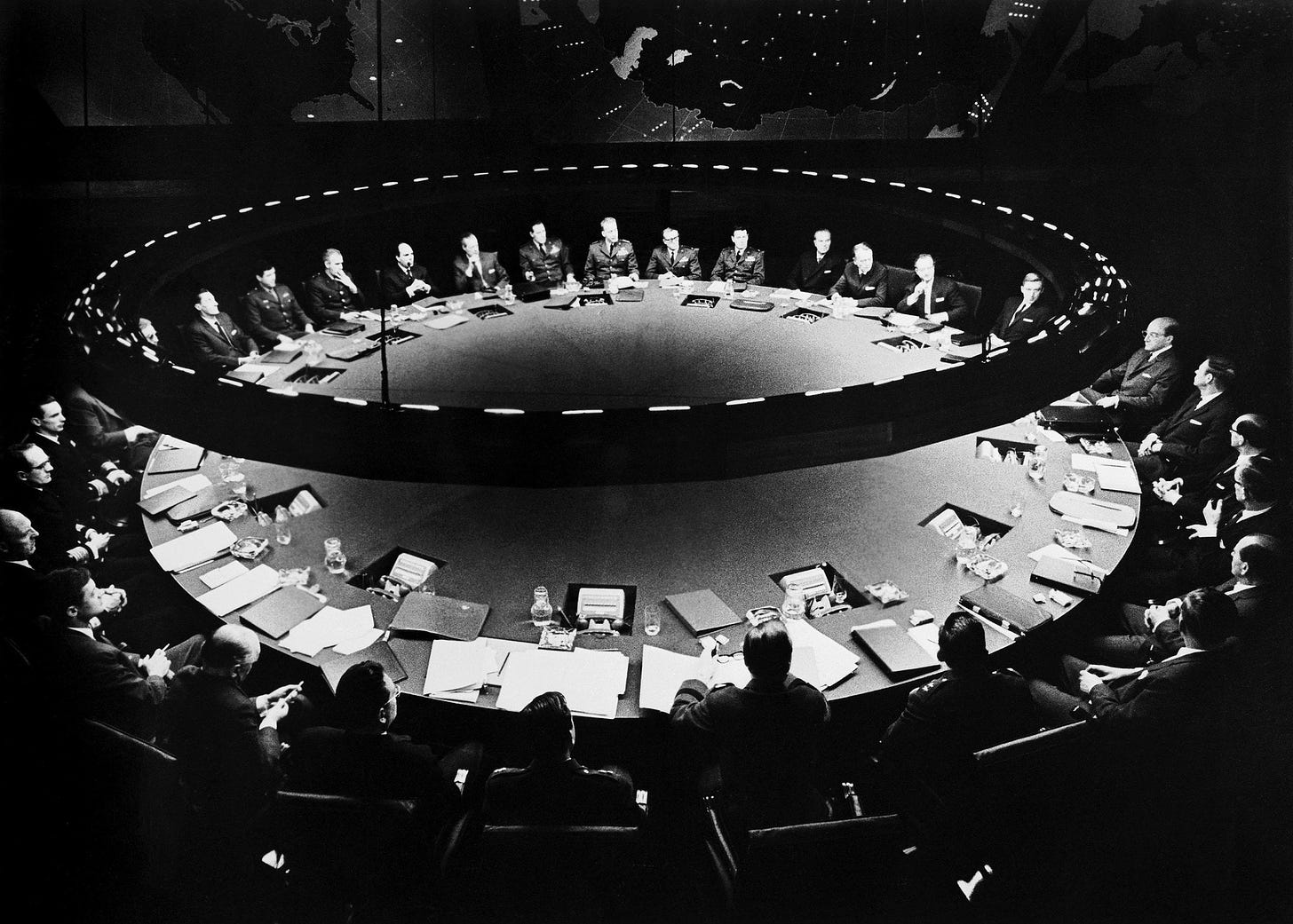For internal comms the past two and a half years are nicely summed up by Sia Papageorgiou:
Communication professionals worldwide have rapidly taken action to ensure their organization’s employees are safe and well informed. Now more than ever is the time for the communication profession to be firmly recognized for the vital strategic business function it is.
We’ve heard this before. Writing for The Business Standard, Ekram Kabir says the covid-19 pandemic elevated internal comms to a level never before seen, achieved, and enjoyed by IC pros worldwide. He reminds us of the many reasons why internal comms earned merit badges during the past two-plus years.
I’m sharing Kabir’s remarks at length so you can remind those who control your budget, because every sentence is on point, and because it’s nice to get a pat on the back:
The internal communications function helped employees and the company stay afloat. Messages from internal communication helped employees believe that the company still needed them.
Internal communication helped us understand the needs of different audiences. For instance, a crisis can be an opportunity to build trust. Proper employee-oriented internal communications build trust and engagement.
Internal communicators worked in changing scenarios during the pandemic. The situation was changing every day, and something new was always there, which needed to be disseminated among the employees.
That is how internal communicators became important at that time. Usually, people do not read emails. Maybe they read some texts on their cell phone. However, at that time of fear, employees read all awareness alerts and emails.
In short, the onset of the pandemic made the C-suite realize just how critical internal comms is to ensuring business continuity, success, and even growth!
The pandemic was our time to shine, and shine we did.
We were elated — exhausted, yes — but elated to finally get the recognition we deserve. We crowed about “finally having a seat at the table.”
And yet… for all the kudos IC has received during the (ongoing) pandemic, I have yet to hear about any head of internal comms being elevated to a C-suite position.
Google “chief internal communications officer” and see what results you get.
According to an informal, unscientific poll I conducted on social media, only 12% of IC pros say the head of internal comms reports directly to the CEO. I suspect that in these cases, most—if not all—of the respondents work at very small companies. Fully 88% of internal comms leads are further down the ladder.
I asked: to whom does the head of internal comms report*:
42% - Chief Communications Officer
23% - Chief Marketing Officer
23% - Chief Human Resources Officer
12% - Chief Executive Officer
Look at your company masthead and ask yourself, what would happen if any of the “chiefs” were removed from the CEO’s roundtable. Could your org succeed without one or two of them at the tippy top?
Then imagine what could be achieved if a Chief Employee Communications Officer (CECO) sat shoulder-to-shoulder with the rest of the C-suite.
In addition to being at a remove from “the table,” in my conversations with peers at various companies in a variety of industries, I’m not hearing much about increased budgets, meaningful investments in tech resources, or increased headcounts for internal comms.
“Do more with less” continues to be the name of the game for internal comms, thank you very much.
Leadership may now have a newfound understanding and appreciation for internal comms, but as we settle into a new normal (or revert to old ways) the hoped-for seat at the table looks more like a seat in the back of the room (if that!).
Why?
Keep reading with a 7-day free trial
Subscribe to Mister Editorial to keep reading this post and get 7 days of free access to the full post archives.




